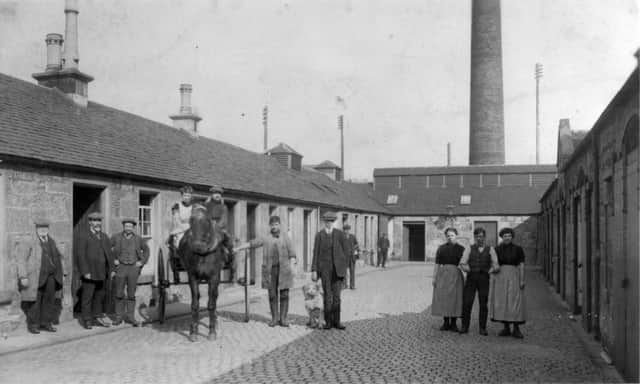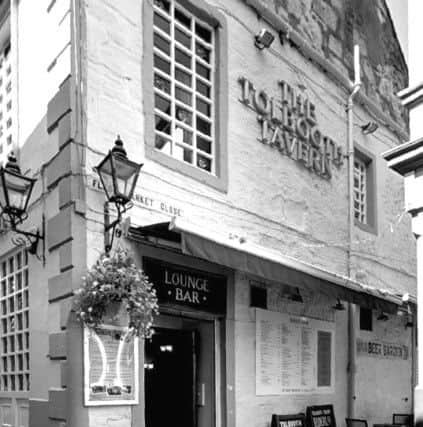Ian Scott: Feeding Falkirk before supermarkets swept in


In our sanitised age we don’t like to think of Daisy the cow or Larry the lamb turning up on our plate beside the roast tatties and prefer to know as little as possible about how they got there.
Of course it was not always like this. In past centuries the rearing of animals and their eventual slaughter was done within sight and sound of the people who would go on to cook and eat the beef and mutton.
Advertisement
Hide AdAdvertisement
Hide AdJust behind Falkirk steeple is a short lane called Fleshmarket Close where for four centuries or more the animals raised on the farmlands beyond the town were brought for slaughter and butchering by the ‘‘fleshers’’ of whom there were a surprisingly large number.


In the absence of proper drainage or any notion of hygiene or animal welfare, one can imagine the rivers of blood, piles of entrails, hides and bones and the revolting smells in and around the market.
Working amid all this horrible mess it is little surprise that the fleshers themselves were regarded by the good citizens of the town as an unpleasant lot and the records of the kirk session of Falkirk are full of references to their bad behaviour.
In 1668 for example “it was represented to the Session the horrible and unchristian like behaviour of the fleshers in this town in profaning the Lord’s name by cursing and swearing”.
Advertisement
Hide AdAdvertisement
Hide AdOne elder was sent along to the Fleshmarket to listen in and count the number of curses emanating from the wild bunch as they went about their gruesome tasks.
There were many cases of drunkenness, fighting in the streets and, worst of all, making rude and insulting remarks about any of the bailies who tried to call them to order.
In the second half of the 19th century many such social problems were tackled at last and one development was the opening of a new slaughterhouse just off Kerse Lane in 1873. It had special buildings, equipment and proper drainage and, most importantly, it was a distance away from the centre of population!
It seems to have been ahead of its time because in the 1890s Mr Brodie, the butcher who occupied the shop in the Steeple, boasted in his adverts that he was the man who introduced a painless cattle killer to the Falkirk slaughterhouse which, according to the advert, “speaks volumes for his humane disposition”. It also cost only three farthings a shot!
Advertisement
Hide AdAdvertisement
Hide AdIn the photograph from 1912 Thomas Fotheringham, the superintendent, is on the left in front of what had been his house, by then an office. There were four cattle killers, one pig killer, three girls who cleaned tripe and one man called a ‘‘skin drawer’’ who ‘‘cleared the entrails out of the sausage skins’’. Hides were collected twice a week by two Edinburgh firms though many found their way to the local tanneries.
Kerse Lane slaughterhouse survived until the 1970s when the development of large scale abattoirs killed off local provision.
Although the big chimney disappeared, the buildings were turned into small industrial units and remain today like a little Victorian time capsule which is well worth a visit. A new facility at Whitecross didn’t survive for long and its successor in Dunblane closed last February.
Where the job is done now is a mystery to me and to most other people which is more or less where we came in!